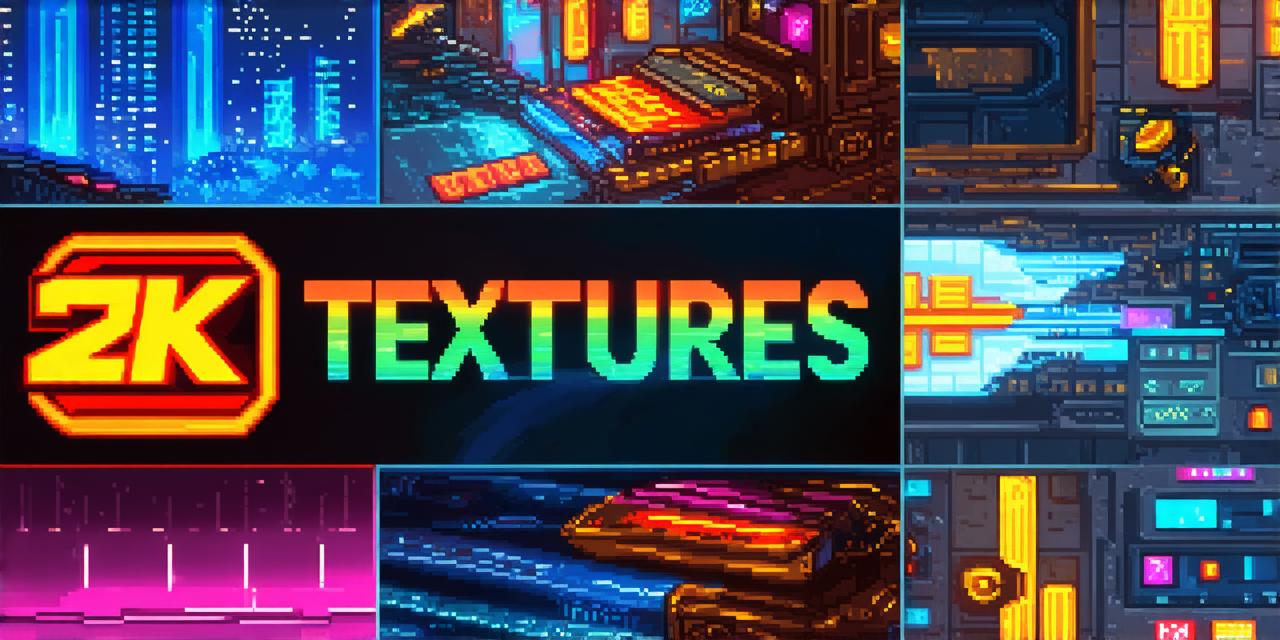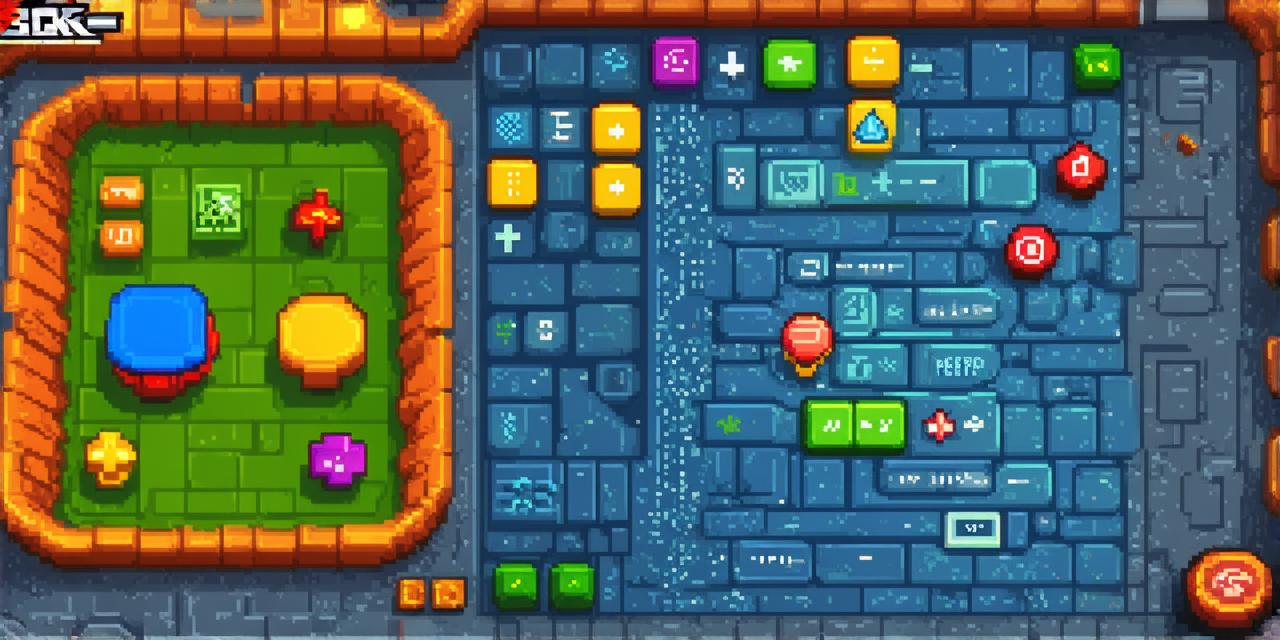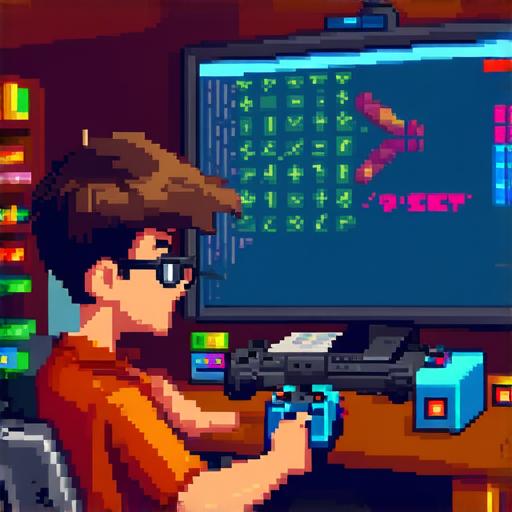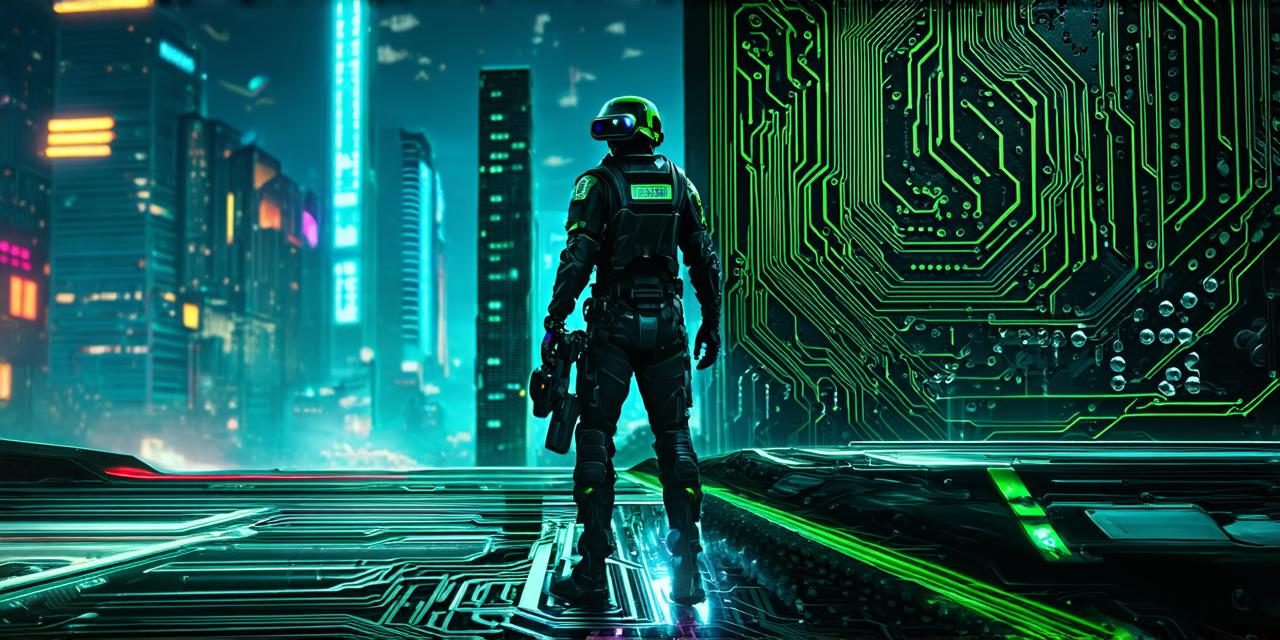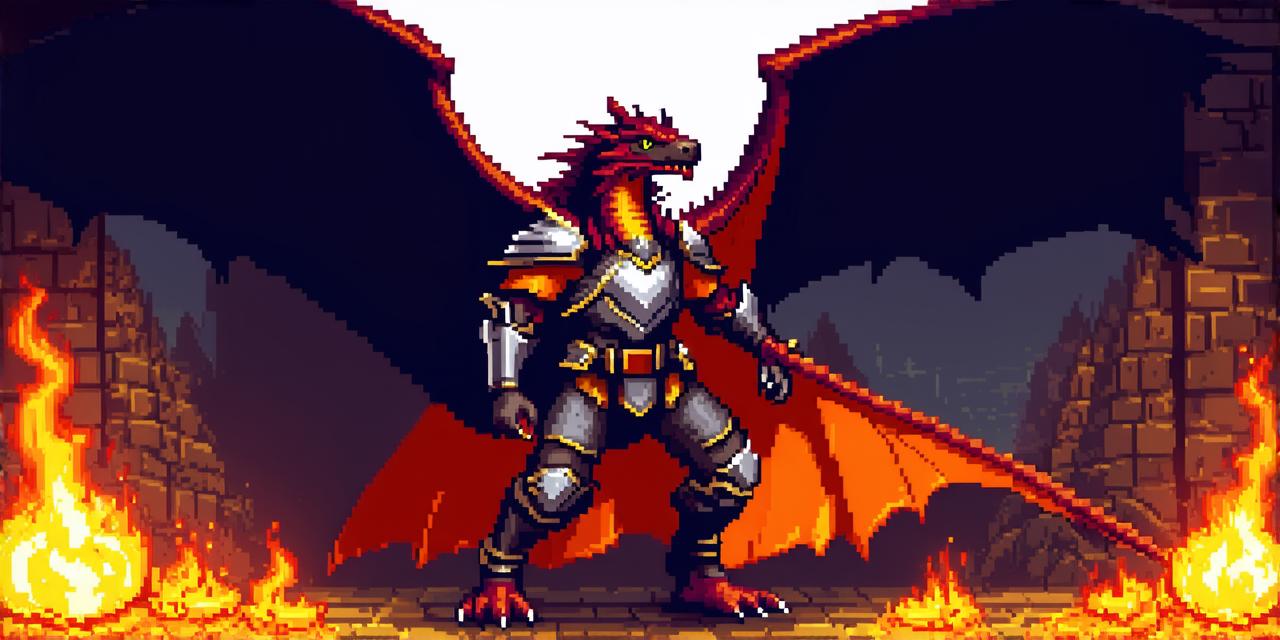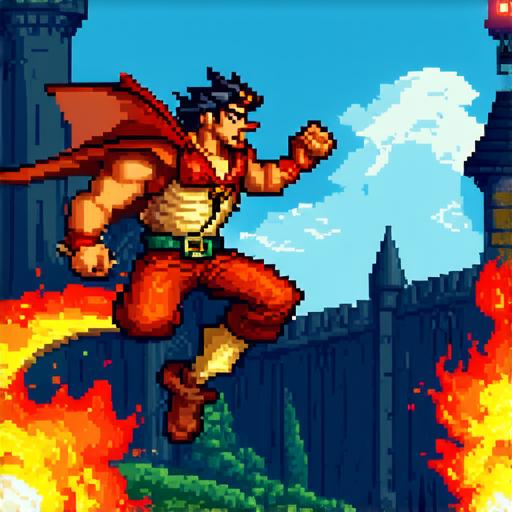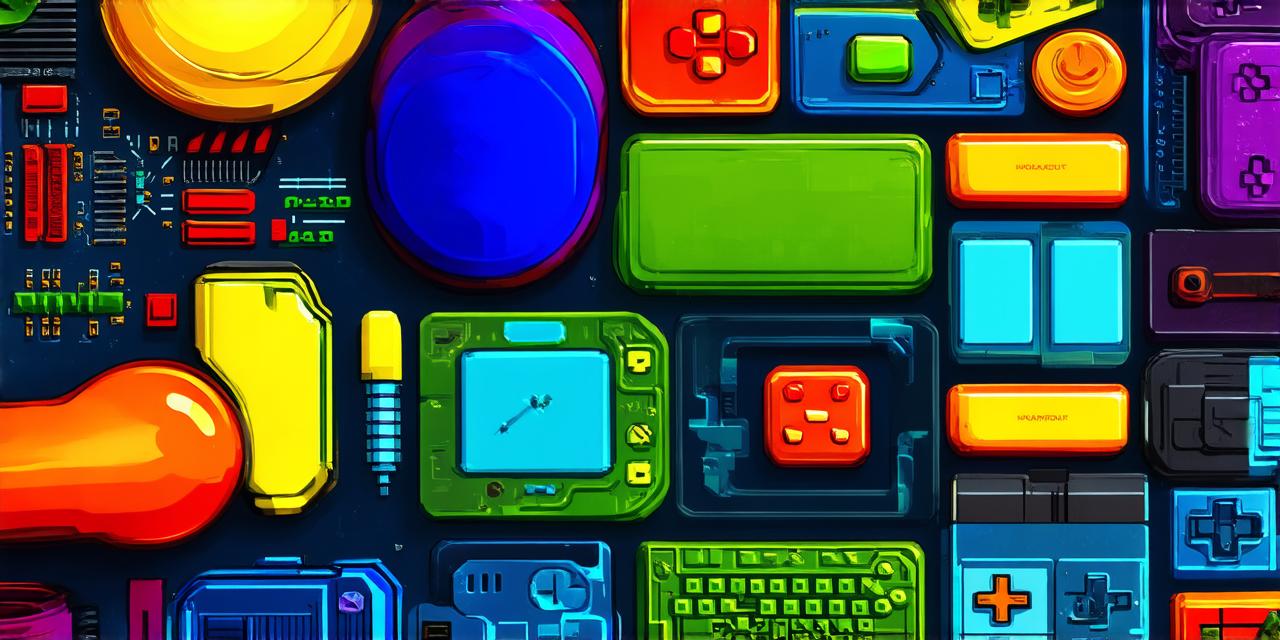Video game whose working title was micropolis nyt
The History of Micropolis NYT
Micropolis NYT has a long history dating back to 2015 when a group of game developers started brainstorming ideas for an urban simulation game. The initial idea was to create a city-building game that allowed players to manage all aspects of their cities, from infrastructure and transportation to public services and entertainment. However, the team quickly realized that New York City’s unique features and complexities made it the perfect setting for such a game.
The game’s working title, Micropolis NYT, reflects its focus on New York City’s urban landscape. The word “micropolis” refers to a densely populated urban area smaller than a metropolis, while “NYT” stands for New York Times, emphasizing the game’s connection to one of the most famous and influential newspapers in the world.
Development and Features
Micropolis NYT is still in development, but its features are already impressive. The game allows players to choose from various districts within New York City and manage them independently. Each district has its unique characteristics, such as population demographics, income levels, and crime rates, which influence the city’s overall dynamics.
Players can build and upgrade infrastructure such as roads, buildings, parks, and public services such as hospitals and schools. They also have to manage budgets, allocate resources, and ensure that their cities meet specific targets set by the New York Times. These targets include factors such as crime rates, pollution levels, health outcomes, and economic growth.
Players can also interact with other players and collaborate or compete with them in various challenges. For example, they can take part in city-building contests or participate in disaster response exercises where they must work together to rebuild damaged areas.
Impact on Urban Planning
Micropolis NYT’s unique features and gameplay mechanics are already having a significant impact on urban planning. The game provides players with a realistic representation of New York City’s urban landscape, making it an ideal tool for urban planners to test their ideas and strategies.

The game also allows players to experiment with different policies and interventions, such as increasing public transportation or investing in education, and observe the resulting impact on the city’s dynamics. This ability to simulate real-world scenarios is crucial for urban planners who often have limited resources and time to test their ideas before implementing them in the real world.
The game encourages players to think critically about urban issues such as sustainability, equity, and resilience. Players must balance competing priorities such as economic growth with environmental protection and social cohesion, which requires careful consideration of complex trade-offs and compromises.
Lessons Learned
Micropolis NYT’s evolution is a testament to the power of game design in addressing real-world challenges. The game provides players with a unique platform for urban planners to experiment with different policies and interventions, test their ideas, and learn from the results.
One lesson learned from Micropolis NYT is the importance of collaboration and cooperation in urban planning. The game requires players to work together to build and manage cities, which highlights the need for effective communication and coordination among stakeholders in real-world urban settings.
Another lesson learned from the game is the need for data-driven decision-making in urban planning. Players must gather and analyze data on factors such as population demographics, income levels, and crime rates to make informed decisions about infrastructure development and resource allocation.
Furthermore, the game’s emphasis on sustainable development highlights the importance of considering the environmental impact of urban planning decisions. Players must balance economic growth with environmental protection by investing in renewable energy, reducing pollution levels, and promoting green infrastructure.
As Micropolis NYT continues to evolve, it has the potential to revolutionize urban planning by providing a unique platform for testing and refining strategies and policies that can improve the quality of life for people living in cities around the world.
In conclusion, Micropolis NYT is an innovative simulation game that is using video games to revolutionize urban planning. The game provides players with a realistic representation of New York City’s urban landscape and allows them to experiment with different policies and interventions to test their ideas. By emphasizing collaboration, data-driven decision-making, and sustainable development, the game has the potential to transform urban planning and improve the quality of life for people living in cities around the world.
Förklaring:

